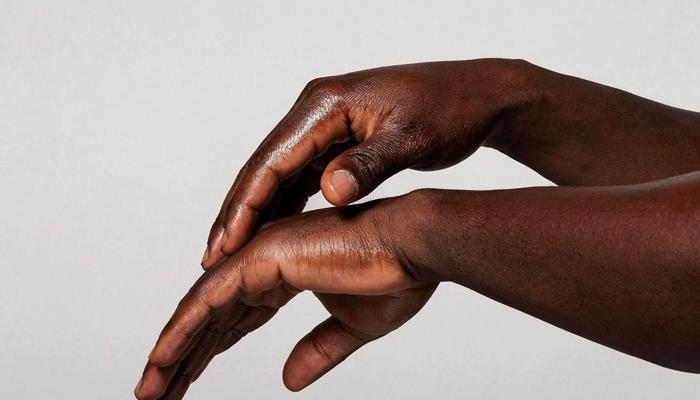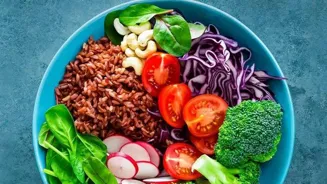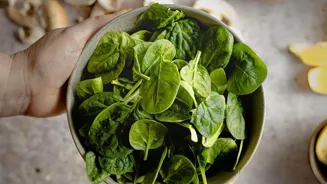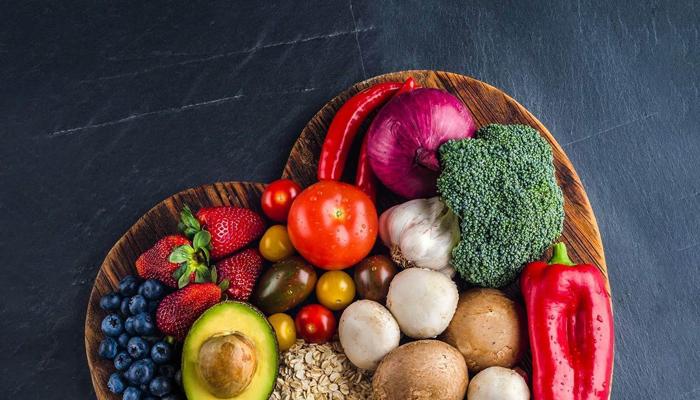Unravel the secrets of your cravings & nourish your body wisely. Dive into the science of cravings to make mindful choices
In the bustling landscape of Indian cuisine, where flavors dance and aromas tantalize,
it's easy to find ourselves succumbing to cravings. That irresistible urge for a plate of steaming idlis, a crunchy samosa, or a comforting bowl of dal can strike at any moment.
But have you ever wondered what lies beneath these desires? Is it simply a lack of willpower, or is there a deeper, more scientific explanation at play? Understanding the science of cravings can empower us to make informed choices and nourish our bodies in a way that truly benefits our well-being.
We often blame ourselves for these urges, but the truth is that cravings can be triggered by a complex interplay of factors, including our brain chemistry, hormones, emotions, and even the environment around us.
When we start to decode the messages our body is sending, we can start to satisfy our cravings in a more mindful and helpful way.
Micronutrients impact cravings; choose nutrient-rich foods wisely
One crucial aspect to consider is the role of micronutrients, those essential vitamins and minerals that our bodies need to function optimally. Cravings can sometimes be a sign that our bodies are deficient in certain micronutrients.

A strong desire for chocolate, for example, might indicate a deficiency in magnesium, while a craving for salty snacks could point to low sodium levels. By recognizing these potential connections, we can make a conscious effort to incorporate nutrient-rich foods into our diet.
Instead of reaching for a bag of chips when a salty craving strikes, try snacking on some roasted pumpkin seeds or a handful of almonds.
And if chocolate is calling your name, opt for a small piece of dark chocolate, which contains a higher concentration of magnesium and antioxidants than milk chocolate. Remember, it is always beneficial to talk to your Doctor.
Gut health impacts cravings; eat fiber-rich foods for balance
Our gut health also plays a significant role in regulating cravings. The gut microbiome, the vast community of bacteria residing in our digestive system, influences various aspects of our health, including our mood, immunity, and even our cravings.
An imbalance in gut bacteria, often caused by a diet high in processed foods and low in fiber, can lead to increased cravings for unhealthy foods. To support a healthy gut, focus on consuming a variety of fiber-rich foods, such as fruits, vegetables, and whole grains.
Fermented foods like yogurt and probiotic drinks can also help to promote a balanced gut microbiome. Remember, a happy gut can contribute to a happier and more balanced you, reducing the intensity and frequency of cravings.
Emotional eating can lead to guilt; cope with stress healthily
Then there's the emotional component. Many of us turn to food for comfort when we're feeling stressed, anxious, or sad.
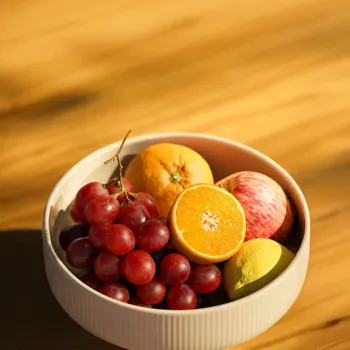
This is because certain foods, particularly those high in sugar and fat, can trigger the release of endorphins, those feel-good chemicals that temporarily alleviate negative emotions.
However, this emotional eating pattern can become a vicious cycle, leading to feelings of guilt and shame, which, in turn, can trigger further cravings. Finding healthy ways to cope with stress and negative emotions is crucial for breaking this cycle.
Practice mindfulness techniques, such as deep breathing or meditation, to calm your mind and body. Engage in activities you enjoy, such as reading, listening to music, or spending time with loved ones to boost your mood naturally.
Power of habits and associations in food choices; create healthier alternatives to old cravings
Consider the power of habits and associations. We often crave foods that are associated with pleasant memories or experiences. A particular sweet might remind us of childhood, or a spicy dish might evoke memories of a family vacation.
These associations can be deeply ingrained, making it difficult to resist the urge to indulge. But here's the good news: you can create new, healthier associations. Start by identifying the situations or emotions that trigger your cravings.
Then, consciously replace those unhealthy foods with healthier alternatives. This might require some experimentation, but with persistence, you can rewire your brain to crave nutritious foods that support your well-being.
Mindful eating reduces cravings by paying attention to cues and savoring food
Mindful eating practices can also significantly reduce cravings. By paying attention to your body's hunger and fullness cues, you can avoid overeating and make more conscious food choices. Before you start eating, take a moment to appreciate the aroma, texture, and appearance of your food.
Chew your food slowly and savor each bite, paying attention to the flavors and sensations. Avoid distractions, such as watching television or scrolling through your phone, while you eat.
When you eat mindfully, you're more likely to feel satisfied with smaller portions and less likely to be swayed by cravings.
AI Generated Content. Glance/InMobi shall have no liability for the content